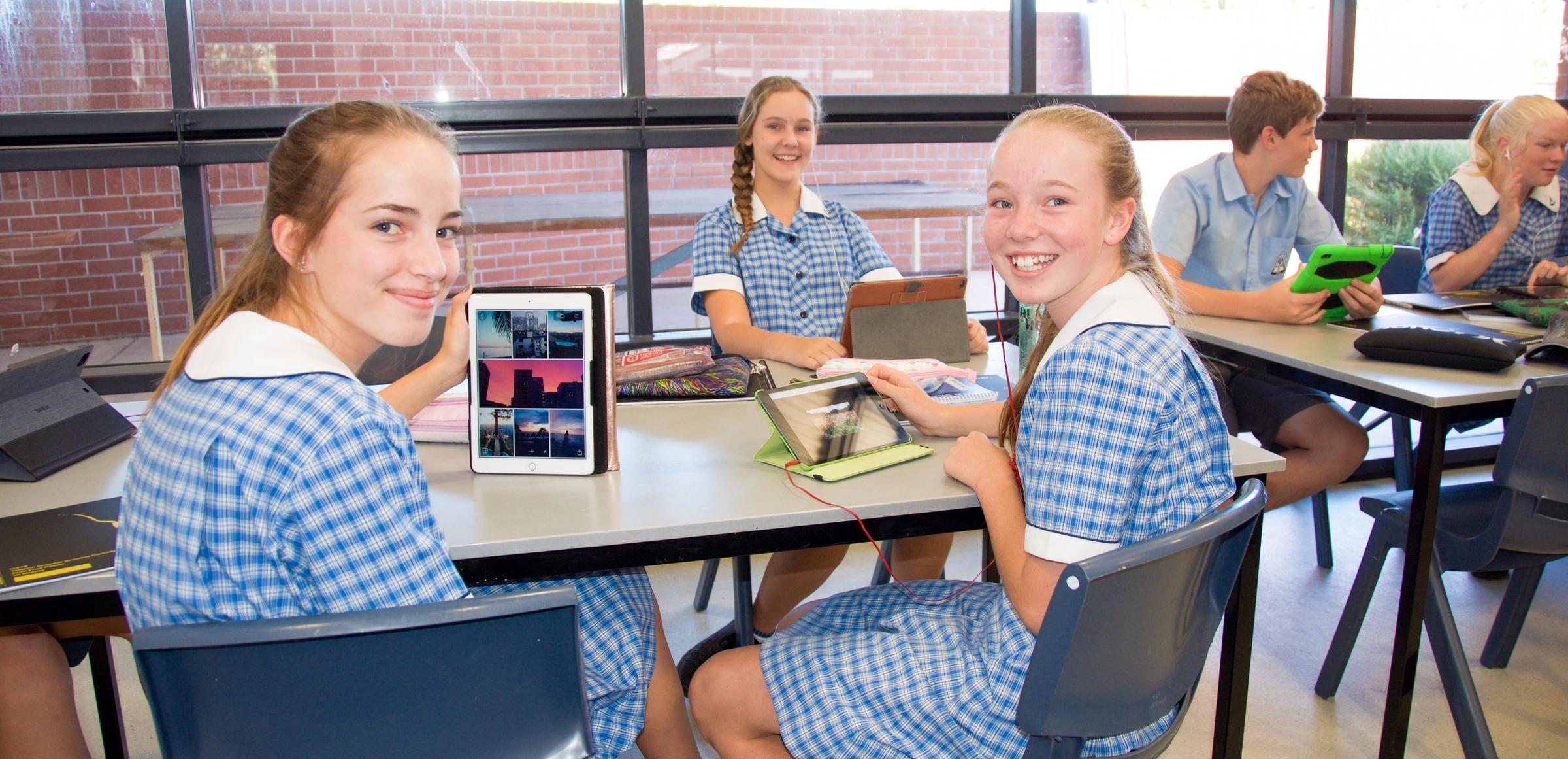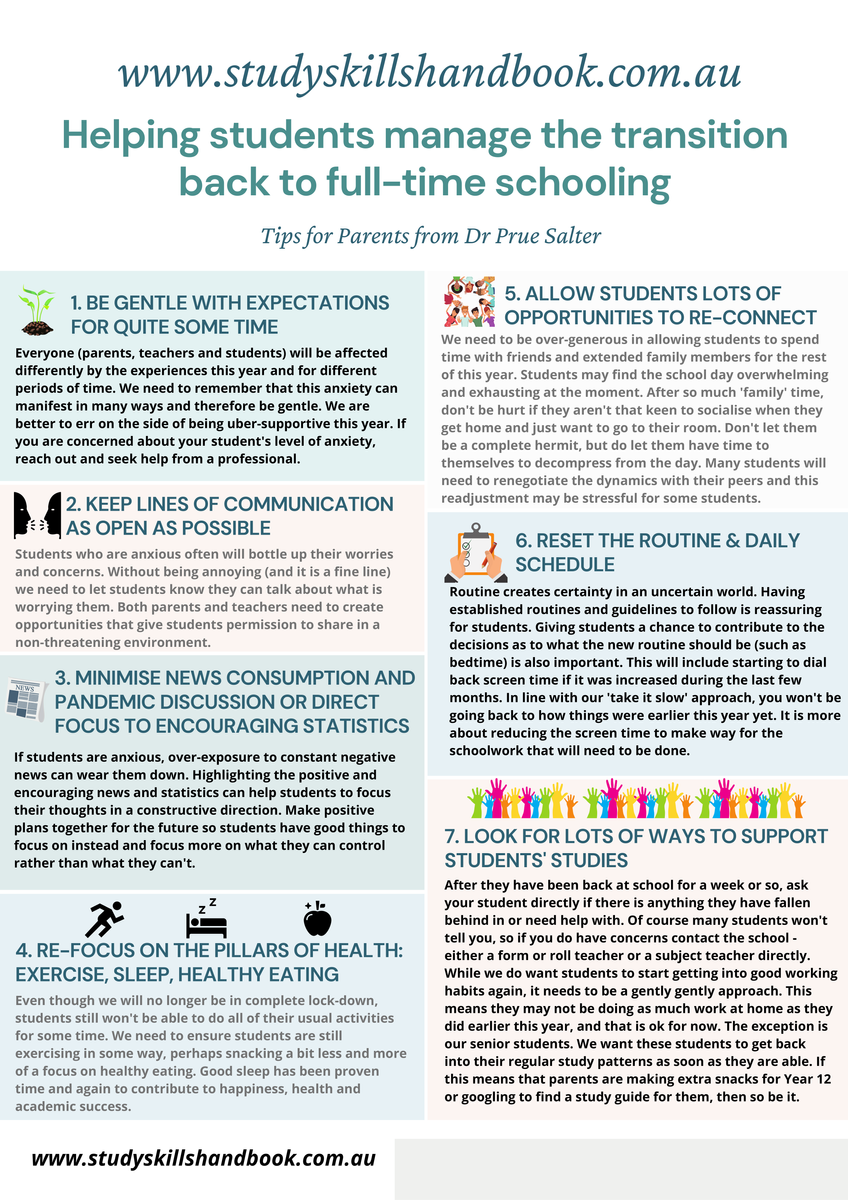SECONDARY NEWS
From the Assistant Principal

SECONDARY NEWS
From the Assistant Principal
As of Monday 1 June, students were required to be in full winter uniform. Many students are wearing the winter uniform correctly and are to be congratulated for their efforts in being dressed according to the uniform code. If students are not correctly attired they are required to present a note to their Pastoral Care teacher and to remedy the situation as soon as possible.
Practical Classes and Appropriate Footwear
It is essential that students have the correct footwear at all times for practical classes in specialist rooms. This includes classes held in the Industrial Technology Workshop, the Food Technology Room and the Science Labs. The school uniform policy states that students are required to wear enclosed black leather or strong vinyl school shoes.
Acceptable Black School Shoes
Shoes should have substantial soles (a substantial sole should be able to tread on a thumb tack and not cause injury to the wearer). Shoes should have laces or a buckle or similar mechanism. Slip on shoes are not permitted and ballet style shoes and black volleys are not acceptable.
It is imperative that, as per WH&S regulations, students adhere to this rule.
If a Technology class is on a Thursday the students are expected to bring their black leather school shoes to change into for that lesson. Students will not be permitted to enter the workshop if they have the incorrect footwear.
Our Emotional Wellbeing is healthy when we use our top strengths to mindfully be in charge of our emotions and look for what is right in what we are doing and looking at. Most of us can think back to times when our emotions hijacked the way we thought, spoke and acted and we regretted it afterwards. Because students’ good decision-making centre, the Pre-frontal Cortex, is not fully wired up and operating to capacity, emotional hijacking can occur when they feel under pressure from stressors.
To build students’ social-emotional resilience to reduce the likelihood of this happening, they need to be involved in discussing positive, negative and mixed emotions and identifying the body language they show when their emotions begin to intensify. Using their top strengths to create positive coping strategies and plenty of positive self-talk are the growth mindsets they need to overcome these challenges to maintain and build their emotional wellbeing.
The most difficult thing about doing this with 21st century students is slowing them down to think hard about the above issues. To do this, ask them to reflect on the achievements they are proud of, the emotions they felt and the body language they showed.
The Learning Curve
1. BE GENTLE WITH EXPECTATIONS FOR QUITE SOME TIME
Everyone (parents, teachers and students) will be affected differently by the experiences this year and for different periods of time. We need to remember that this anxiety can manifest in many ways and therefore be gentle. We are better to err on the side of being uber-supportive this year. If you are concerned about your student's level of anxiety, reach out and seek help from a professional.
2. KEEP LINES OF COMMUNICATION AS OPEN AS POSSIBLE
Students who are anxious often will bottle up their worries and concerns. Without being annoying (and it is a fine line) we need to let students know they can talk about what is worrying them. Both parents and teachers need to create opportunities that give students permission to share in a non-threatening environment.
3. MINIMISE NEWS CONSUMPTION AND PANDEMIC DISCUSSION OR DIRECT FOCUS TO ENCOURAGING STATISTICS
If students are anxious, over-exposure to constant negative news can wear them down. Highlighting the positive and encouraging news and statistics can help students to focus their thoughts in a constructive direction. Make positive plans together for the future so students have good things to focus on instead and focus more on what they can control rather than what they can't.
4. RE-FOCUS ON THE PILLARS OF HEALTH: EXERCISE, SLEEP, HEALTHY EATING
Even though we will no longer be in complete lock-down, students still won't be able to do all of their usual activities for some time. We need to ensure students are still exercising in some way, perhaps snacking a bit less and more of a focus on healthy eating. Good sleep has been proven time and again to contribute to happiness, health and academic success.
5. ALLOW STUDENTS LOTS OF OPPORTUNITIES TO RE-CONNECT
We need to be over-generous in allowing students to spend time with friends and extended family members for the rest of this year. Students may find the school day overwhelming and exhausting at the moment. After so much 'family' time, don't be hurt if they aren't that keen to socialise when they get home and just want to go to their room. Don't let them be a complete hermit, but do let them have time to themselves to decompress from the day. Many students will need to renegotiate the dynamics with their peers and this readjustment may be stressful for some students.
6. RESET THE ROUTINE & DAILY SCHEDULE
Routine creates certainty in an uncertain world. Having established routines and guidelines to follow is reassuring for students. Giving students a chance to contribute to the decisions as to what the new routine should be (such as bedtime) is also important. This will include starting to dial back screen time if it was increased during the last few months. In line with our 'take it slow' approach, you won't be going back to how things were earlier this year yet. It is more about reducing the screen time to make way for the schoolwork that will need to be done.
7. LOOK FOR WAYS TO SUPPORT STUDENTS' STUDIES
After they have been back at school for a week or so, ask your student directly if there is anything they have fallen behind in or need help with. Of course many students won't tell you, so if you do have concerns contact the school - either a form or roll teacher or a subject teacher directly. While we do want students to start getting into good working habits again, it needs to be a gently gently approach. This means they may not be doing as much work at home as they did earlier this year, and that is ok for now.


Staff Email Addresses
The email addresses for Secondary staff members are listed should you need to make contact.
| Miss Bailey | kbailey@arm.catholic.edu.au |
| Mr Gaias | agaias@arm.catholic.edu.au |
| Mrs McLachlan | cmclachlan@arm.catholic.edu.au |
| Mrs Watchirs | cwatchirs@arm.catholic.edu.au |
| Mr Koch | dkoch@arm.catholic.edu.au |
| Mrs Hardy | hhardy@arm.catholic.edu.au |
| Mrs Taylor | jtaylor4@arm.catholic.edu.au |
| Mrs Grady | khammond@arm.catholic.edu.au |
| Mrs Townsend | ktownsend@arm.catholic.edu.au |
| Mr Ehsman | pehsman@arm.catholic.edu.au |
| Mr Lewis | slewis@arm.catholic.edu.au |
| Mrs Fraser | tfraser@arm.catholic.edu.au |
| Mr Gils | wgils@arm.catholic.edu.au |
| Mr Hayden | jhayden@arm.catholic.edu.au |
| Mrs East | aeast@arm.catholic.edu.au |
| Mrs McCormick | vmccormi@arm.catholic.edu.au |
| Mrs Marshall | smarshall3@arm.catholic.edu.au |